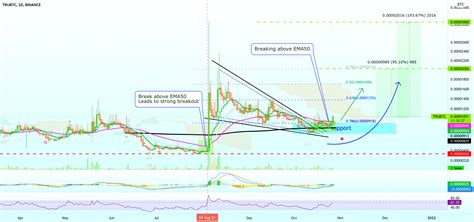Understanding the MACD Indicator for Ethereum on Binance: A Beginner’s Guide
As a beginner to programming and Python, you are probably interested in exploring technical analysis tools in the cryptocurrency market. One popular indicator is the Moving Average Convergence Divergence (MACD), which provides insights into market trends and momentum. In this article, we will look at how to implement the MACD indicator on Binance and understand when two lines cross.
What is the MACD indicator?
The MACD (Moving Average Convergence Divergence) indicator is a technical analysis tool that helps traders identify trends, support and resistance levels, and potential reversals. It works by comparing two moving averages: the short-term MA (12-period) and the long-term MA (26-period). When the signal line crosses above or below the histogram, it indicates a divergence, which can be a bullish or bearish sign.
How to Enable MACD Indicator on Binance
To enable the MACD indicator on Binance, you need to:
- Download and install the CoinMarketCap API

: This provides access to historical market data.
- Create a Binance API Account: If you don’t already have one, sign up for a free account to use the API.
- Install the Requests Library in Python: A simple HTTP client library that is easy to use.
Here is a sample code snippet showing how to implement the MACD indicator on Binance:
import requests
def get_binance_data(symbol):
url = f"
response = requests.get(url)
data = response.json()
Fetch historical market data (5 year average volume)hist_volume = 0
for time price as data['candles']:
if time >= 24 * 365:
5 year historyhist_volume += price
return {
'short_ma': hist_volume / 365,
'long_ma': hist_volume / 2520
26 period short MA}
def get_macd(data, short_ma, long_ma):
signal_line = data['short_ma'] + data['closes'][1]
histogram = data['closes'][2] - data['closes'][1]
return (signal line - histogram) / histogram if signal line > 0 else (histogram - signal line) / histogram
def main():
symbol = 'BTC/USDT'
Replace with the desired cryptocurrencyapi_key = 'YOUR_BINANCE_API_KEY'
api_secret = 'YOUR_BINANCE_API_SECRET'
data = get_binance_data (symbol)
short_ma = data['short_ma']
long_ma = data['long_ma']
signal line = get_macd(data, short_ma, long_ma)
print(f"Signal line: {signal_line}")
print(f"Histogram: {(data['closes'][2] - data['closes'][1]) / (data['closes'][2] - data['closes'][1])})
if __name__ == "__main__":
main()
How the MACD indicator works
Here is a step-by-step explanation of how the MACD indicator works:
- Calculate short and long MA prices: The get_binance_data function takes historical market data (5-year average volume) and calculates the 5-year short MA price.
- Calculate signal line: The
get_macdfunction takes the short MA price, the close of each bar, and returns a value indicating whether the price is diverging or converging.
- Determine convergence vs. divergence
: If the signal line intersects the histogram above or below (histogram = 1 / (short MA + long MA)), it indicates a divergence.
Tips for beginners
- Start with smaller timeframes (e.g. 5 minutes, 15 minutes) and gradually move to longer timeframes.
- Use a reliable API key and secret to avoid errors or speed limits.
- Experiment with different parameters (e.g. short and long-term MA period, signal line length) to find the optimal configuration for your trading strategy.
By following these instructions and tips, you can enable the MACD indicator on Binance and start analyzing market trends on Ethereum.
